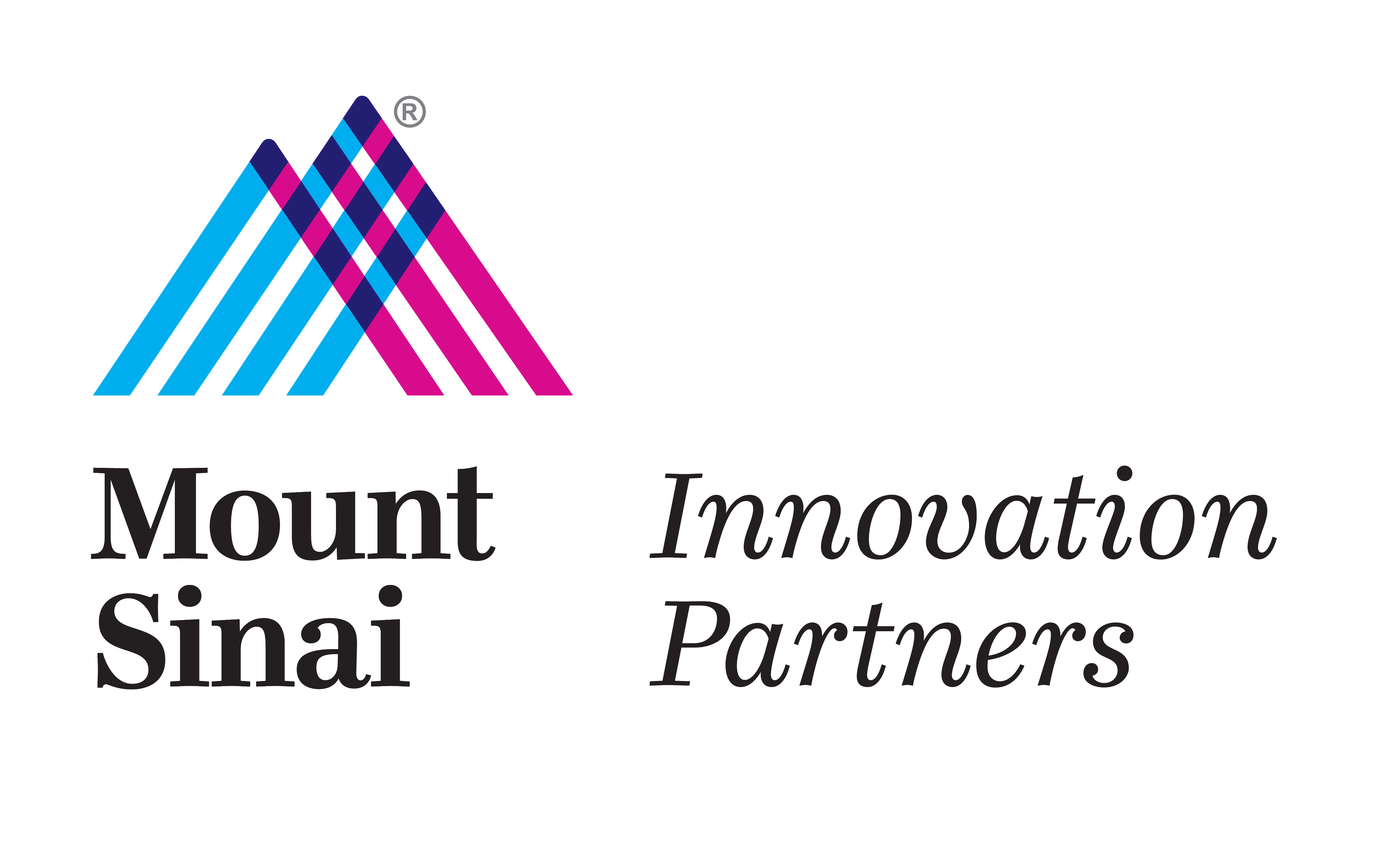Mount Sinai Researchers Develop New Computational Method to Find Novel Connections from Gene to Gene, Drug to Drug and Between Scientists
July 23, 2012July 23, 2012 – Researchers from Mount Sinai School of Medicine have developed a new computational method that will help organize scientific data, making it easier for scientists to identify and prioritize genes, drug targets, and connections between drugs. By mining large datasets more simply and efficiently, researchers will be able to better understand gene-gene, protein-protein, and drug/side-effect interactions. The new algorithm is openly available, can be applied to any data and will also help scientists identify fellow researchers with whom they can collaborate.
Led by Avi Ma’ayan, PhD, Assistant Professor of Pharmacology and Systems Therapeutics at Mount Sinai School of Medicine, and Neil Clark, PhD a postdoctoral fellow in the Ma’ayan laboratory, the team of investigators used the new algorithm to create 15 different types of gene-gene networks. They also discovered novel connections between drugs and side effects, and built a collaboration network that connected Mount Sinai investigators based on their past publications.
“The algorithm makes it simple to build networks from data,” said Dr. Ma’ayan. “Once high dimensional and complex data is converted to networks, we can understand the data better and discover new and significant relationships, and focus on the important features of the data.”
The approach is presented in two separate publications in the journals BMC Bioinformatics and BMC Systems Biology. The tools that implement the approach Genes2FANs and Sets2Networks can be found online at https://actin.pharm.mssm.edu/genes2FANs and https://www.maayanlab.net/S2N.
In an example of how the tools work, the group analyzed one million medical records of patients to build a network that connects commonly co-prescribed drugs, commonly co-occurring side effects, and the relationships between side effects and combinations of drugs. They found many unreported side effects are caused by many drugs. They also looked at 53 cancer drugs and connected them to 32 severe side effects. When chemotherapy was combined with cancer drugs that work through cell signaling, there was a strong link to cardiovascular related adverse events. These findings can assist in post-marketing surveillance safety of approved drugs.
Research in the Ma’ayan laboratory is funded by the National Institutes of Health.
About The Mount Sinai Medical Center
The Mount Sinai Medical Center encompasses both The Mount Sinai Hospital and Mount Sinai School of Medicine. Established in 1968, Mount Sinai School of Medicine is one of the leading medical schools in the United States. The Medical School is noted for innovation in education, biomedical research, clinical care delivery, and local and global community service. It has more than 3,400 faculty in 32 departments and 14 research institutes, and ranks among the top 20 medical schools both in National Institutes of Health (NIH) funding and by U.S. News & World Report.
The Mount Sinai Hospital, founded in 1852, is a 1,171-bed tertiary- and quaternary-care teaching facility and one of the nation’s oldest, largest and most-respected voluntary hospitals. In 2012, U.S. News & World Report ranked The Mount Sinai Hospital 14th on its elite Honor Roll of the nation’s top hospitals based on reputation, safety, and other patient-care factors. Of the top 20 hospitals in the United States, Mount Sinai is one of 12 integrated academic medical centers whose medical school ranks among the top 20 in NIH funding and by U.S. News & World Report and whose hospital is on the U.S. News & World Report Honor Roll. Nearly 60,000 people were treated at Mount Sinai as inpatients last year, and approximately 560,000 outpatient visits took place.
For more information, visit https://www.mountsinai.org/.
Find Mount Sinai on:
Facebook: https://www.facebook.com/mountsinainyc
Twitter @mountsinainyc
YouTube: https://www.youtube.com/mountsinainy

